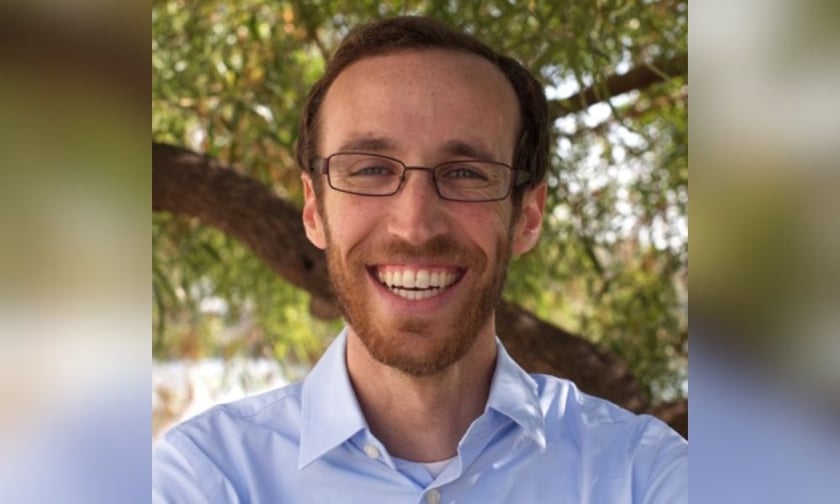

Noor Energy 1, an iconic solar power plant in the United Arab Emirates has likely suffered hundreds of millions of dollars of losses following an April storm. Noor 1 is a concentrated solar power (CSP) operation with a 260 metre high tower – the tallest solar tower in the world.
However, one reason this dramatic loss stands out is because, over the last couple of years, better risk management in the renewables sector has made inroads, including against hailstorm challenges. The sector is growing rapidly as demand for clean energy increases. Many industry experts see enormous potential in the solar sector – including for insurance brokers.
“We’re seeing burgeoning growth in solar, wind, and battery storage,” said Jason Kaminsky (pictured above), CEO at kWh Analytics.
Kaminsky’s United States-based firm is a renewable energy MGA that combines risk management and data analytics with insurance offerings. He said quite a diverse range of brokers are already involved in the solar industry.
Kaminsky said one reason for increasing broker interest is that the financial barriers that once stopped smaller brokerages getting involved are starting to disappear.
In the US, he said, the availability of millions of dollars’ worth of tax credits encouraged the world’s biggest brokerages to deploy renewable energy teams into this space. However, the investment required to take advantage of these credits, said Kaminsky, was typically very high.
That’s now changing, he said, partly because of legislation like the Inflation Reduction Act that came into play in 2022. According to a US Department of The Treasury media release, this Act has “created more than 20 tax incentives for clean energy and manufacturing.”
“So that, in theory, should lower the barrier to entry on the financing and should democratize who’s bringing these assets to market,” said Kaminsky.
From Europe to Australia, a similar mixture of government incentives and investment opportunities are providing insurance brokers with possible opportunities in the space.
“I anticipate that brokers who have commercial portfolios, so brokers of businesses, are going to start seeing more and more of solar and adjacent technologies coming from their primary customer base,” said Kaminsky.
One driver of broker opportunity, he suggested, is as risk advisers who can help underwriters better understand the risks around the natural catastrophe exposures faced by solar operations.
“What we see in the markets today is, being honest, not a ton of differentiation from the underwriting community, on the quality of the underlying risk,” said Kaminsky.
He suggested that kWh is unusual for providing “a lot of differentiation” related to the specific location, technology and operating decisions of these renewable energy operations.
“The reason for that is that you get a very dramatic loss outcome difference, depending on each of those decisions,” said Kaminsky.
Brokers can be an important part of this value chain.
“Highlighting those underlying risks to the asset operators, to the financial people paying a lot for insurance and helping them adopt operational best practices that then the underwriting community can underwrite to,” he said.
Kaminsky divided the risks facing solar operations into two categories.
“One is what we call resilience, which is resilience to nat cat events,” he said. “The other is what we call reliable, which is whether it is producing the amount of power that you would expect.”
Kaminsky said his firm’s risk management data includes information that shows which safety issues come up during on-site audits. Also, what pieces of solar equipment are “regular failure points.”
he inverters that convert solar energy from direct current to the alternating current required by electricity grids can be prone to tripping and causing downtime. He said failures like this are well known across the industry. However, actually having data about these failures, he said, is an important part of the preventative risk management and insurance process.
“Then the resilience side, the physical loss side includes hailstone, operational best practices and vegetation management,” said Kaminsky.
He said vegetation management is more about preventing brush fires than wildfires. The solar panels, he said, are usually close to the ground so it’s important to ensure any sparks from them don’t spread and potentially cause serious damage to the facility.
He suggested that convincing investors to pay for this risk management work can be an uphill battle.
“People try to not spend money where they don’t have to but we think these risk management practices do convey benefits on insurance pricing and, from our perspective, do convey benefits,” said Kaminsky.
Insurance Business has reached out to Marsh for comment on the Noor 1 solar plant losses.
